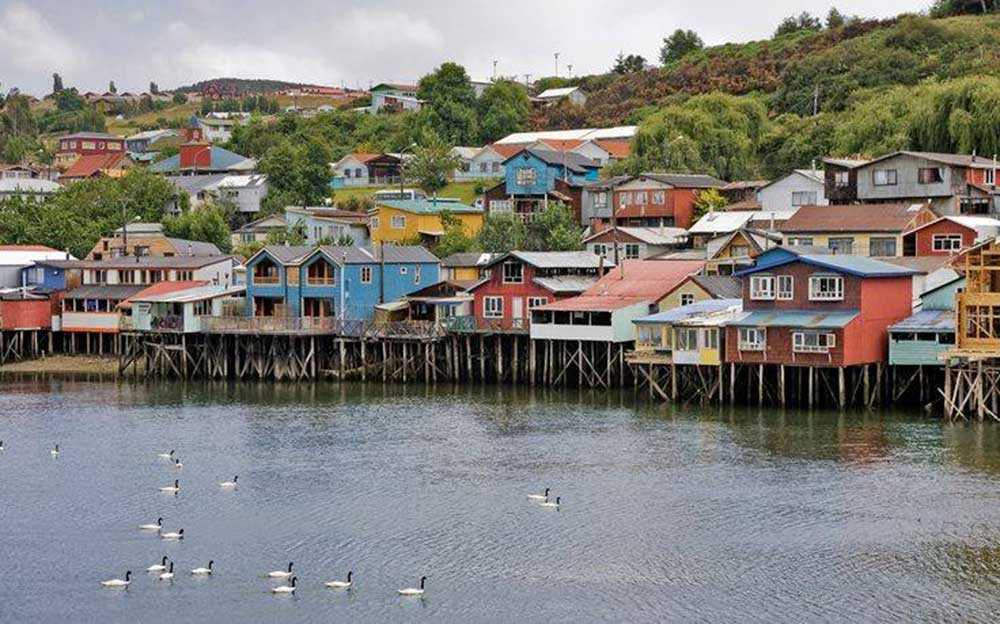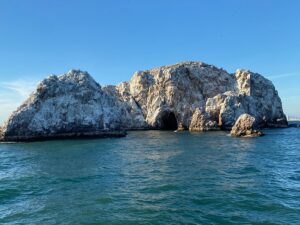Walking Tours in Historic Castro, Chiloé Island
Nestled in the heart of Chile’s Chiloé Archipelago, Castro is a charming town that offers a unique blend of history, culture, and natural beauty. Known for its colorful stilt houses, vibrant markets, and rich folklore, Castro is a must-visit destination for anyone exploring southern Chile. Walking tours in Castro provide an intimate way to experience the town’s unique character and learn about its fascinating past.
What to See in Castro
As you stroll through Castro, you’ll be captivated by the iconic “palafitos,” the colorful wooden houses built on stilts along the water’s edge. These structures are not only picturesque but also a testament to the islanders’ adaptation to the tidal environment. The town’s main square, Plaza de Armas, is another highlight, featuring the stunning San Francisco Church. This UNESCO World Heritage Site is renowned for its distinctive wooden architecture and vibrant interior.
Don’t miss the bustling Feria Yumbel, a local market where you can sample fresh seafood, artisanal cheeses, and traditional Chiloé crafts. For a taste of local culture, visit the Museo Regional de Castro, which offers insights into the island’s history and traditions. As you wander through the town, you’ll also encounter numerous murals and street art that reflect the island’s rich cultural heritage.
A Bit of History and Interesting Facts
Castro is one of the oldest towns in Chile, founded in 1567 by Spanish conquistadors. Its strategic location made it an important center for trade and missionary activity during the colonial period. The town has a rich history of resilience, having been rebuilt several times after devastating fires and earthquakes.
Chiloé Island is steeped in mythology and folklore, with tales of ghost ships, forest spirits, and otherworldly creatures. These stories are an integral part of the island’s cultural identity and are often depicted in local art and festivals.
An interesting fact about Castro is its unique blend of indigenous and European influences, which is evident in its architecture, cuisine, and traditions. The island’s isolation has helped preserve its distinct cultural heritage, making it a fascinating destination for history enthusiasts.
Getting There and Tips for First-Time Visitors
Reaching Castro is relatively straightforward. The nearest major city is Puerto Montt, from where you can take a ferry or a short flight to Chiloé Island. Once on the island, buses and taxis are available to take you to Castro. The town itself is compact and best explored on foot, allowing you to fully appreciate its charm and character.
For first-time visitors, it’s helpful to know that the weather in Castro can be unpredictable, with frequent rain and cool temperatures. Dressing in layers and carrying a waterproof jacket is advisable. English is not widely spoken, so having a basic understanding of Spanish or a translation app can enhance your experience.
When planning your walking tour, consider joining a guided tour to gain deeper insights into the town’s history and culture. Local guides often share personal stories and anecdotes that bring the town’s past to life. Additionally, be sure to try the local cuisine, including “curanto,” a traditional dish made with seafood, meat, and potatoes cooked in an underground pit.








